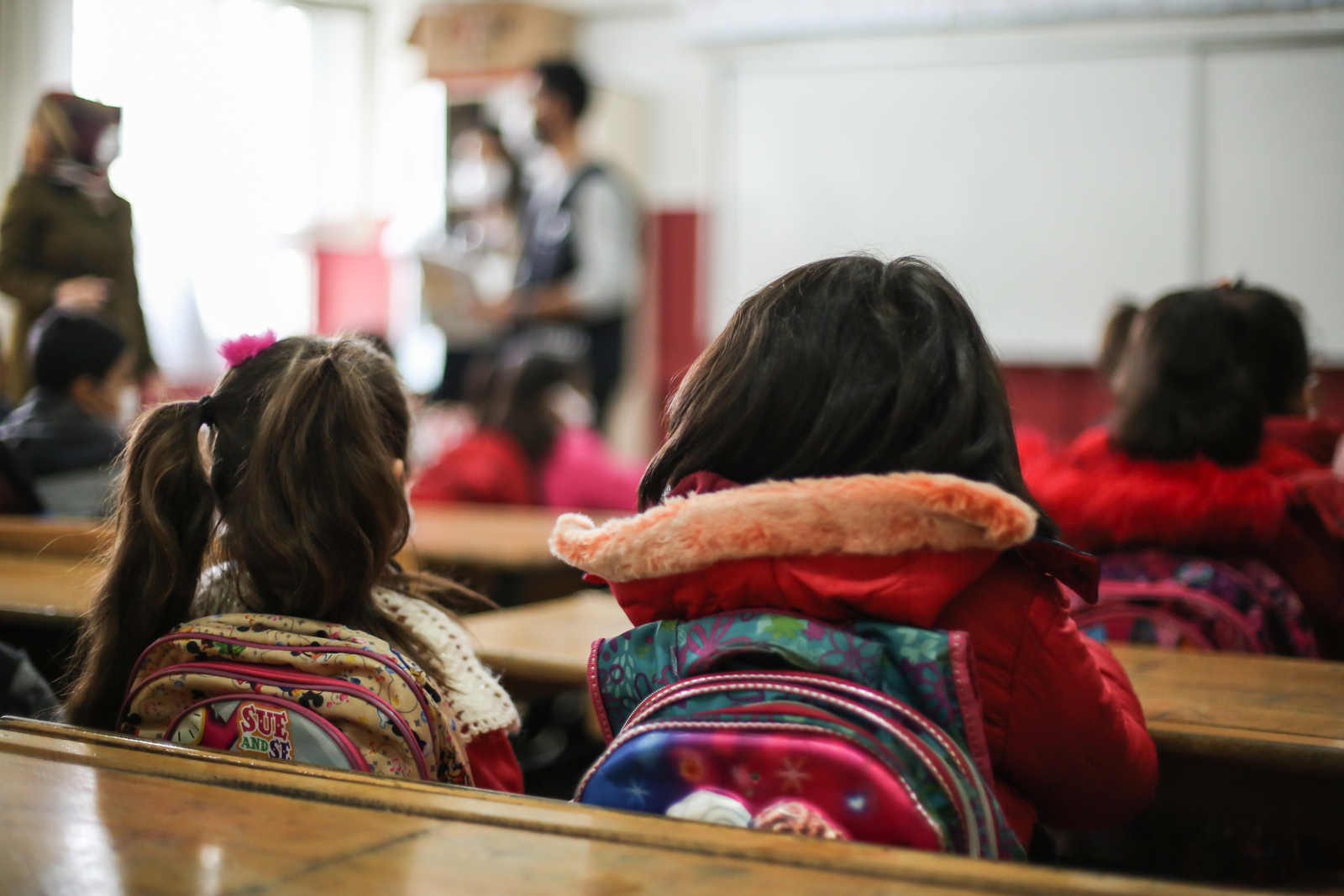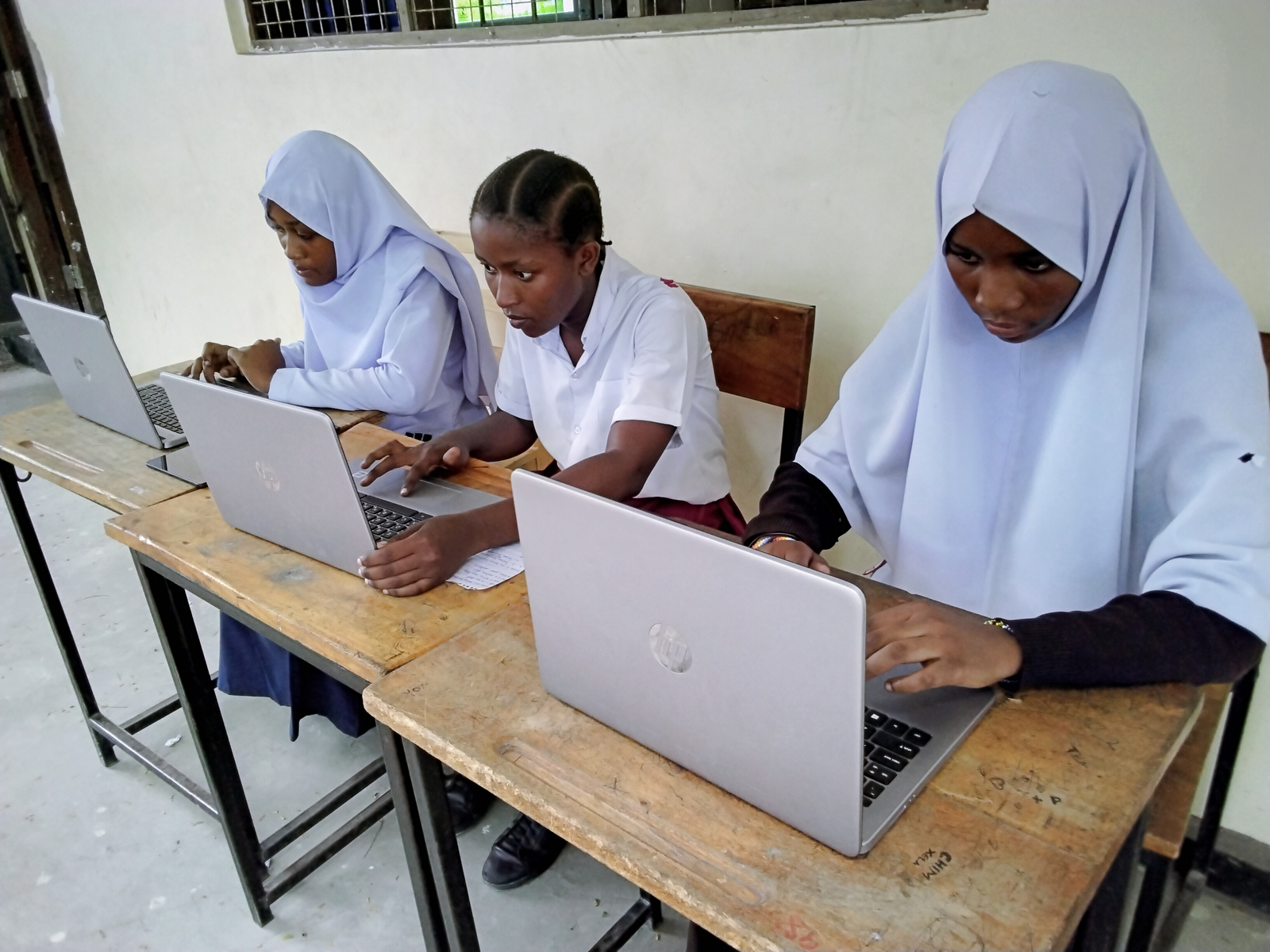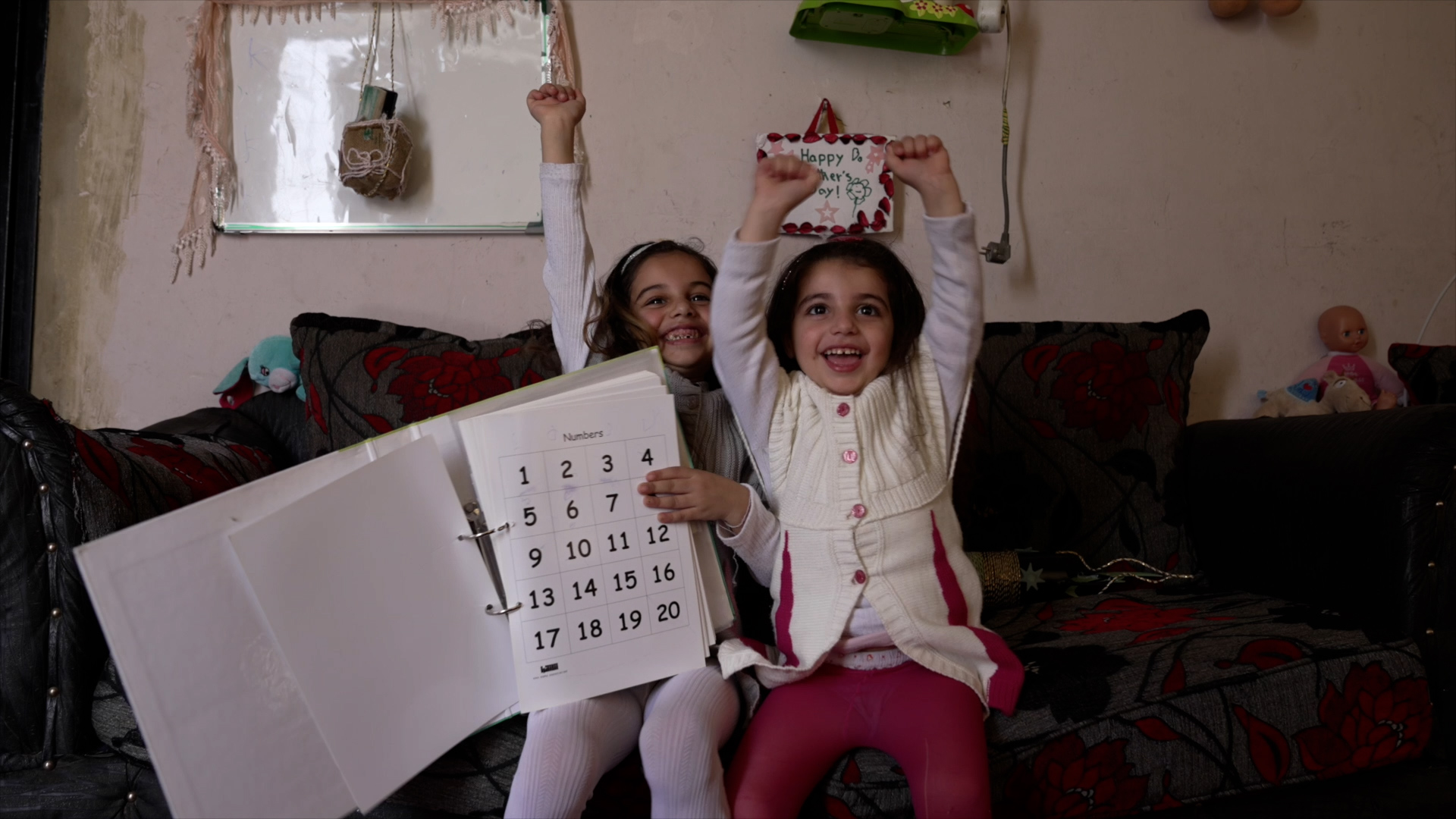
130m girls are not in school – and problem is worst in conflict-torn countries, says report
Barriers to education, Children in conflicts, Education in emergencies, Girls' education, Right to education
Nine of the top 10 countries where girls fail to get a education are in Africa says ONE campaign - in South Sudan just one in four are in school.
Girls are least likely to be in school in South Sudan, with nearly three-quarters of school-age girls out of the classroom, followed by Central African Republic, Niger and Afghanistan – all countries hit by conflict – a report said today.
Nine of the top 10 countries where girls fail to get an education are in Africa, while other crisis-crippled countries, including Somalia and Syria, failed to make the list due to insufficient data.
“Over 130 million girls are still out of school – that’s over 130 million potential engineers, entrepreneurs, teachers and politicians whose leadership the world is missing out on,” said Gayle Smith, president of the ONE Campaign that published the index ahead of the International Day of the Girl tomorrow.
“It’s a global crisis that perpetuates poverty.”
In South Sudan, 73% of girls aged six to 11 are not in school, in the Central African Republic there is only one teacher for every 80 students and in Niger only 17% of girls and women are literate, the report found.
UNICEF’s figures for 2016 say there are about 32 million girls of primary school age and 29 million of lower secondary school age not in education. The ONE Campaign figures are taken from a survey of 22 countries and cover girls of all school ages.
“This index shines a necessary spotlight on the barriers that girls face to accessing a quality education in Africa,” said Anne-Birgitte Albrectsen, CEO of humanitarian organisation Plan International.
“The quality of a country’s education is linked to the resources governments invest in it,” said Albrectsen, who called for the closing of the education funding gap and addressing the barriers preventing girls from going to school.

The report found exceptions, however, such as Burundi. One of the poorest countries in the world, it outperformed 18 wealthier countries when it came to girls’ education.
Thousands of girls are kept from school due to poverty, early marriage, dangers in travelling to class and having too many chores at home.
In Ethiopia, two in every five girls marry before their 18th birthday while just 1% of girls in Burkina Faso complete secondary school, according to the report.
Attitudes towards education for girls are starting to change across Africa – as more parents see sending their daughters to school not only as a chance to improve their futures but also to boost the family’s fortunes, experts say.
Not in education
The number of girls who are not in school increased from 130.3 million to 130.9 million in the past year, says ONE Campaign. Its survey looks at 122 countries.
But generations of women have been left behind, with women accounting for almost two-thirds of the world’s illiterate adults.
“Extreme poverty and gender inequity drive the injustice that not only keeps girls out of school, but forces them into child marriages,” said Fiona Mavhinga, a lawyer and one of the first girls in Zimbabwe supported by international educational charity Camfed to go to university.
Without an education young woman are “locked away from a better future,” she said.
More news

Skills for the future give young people the best chance of success
